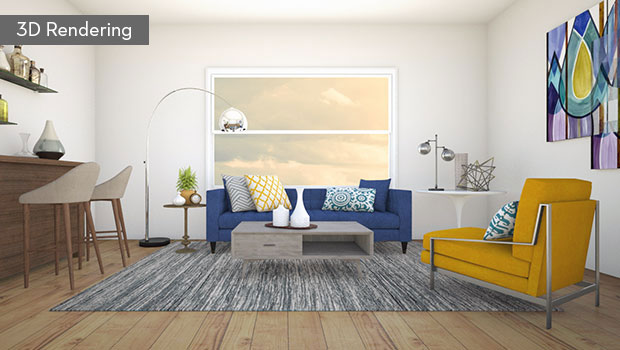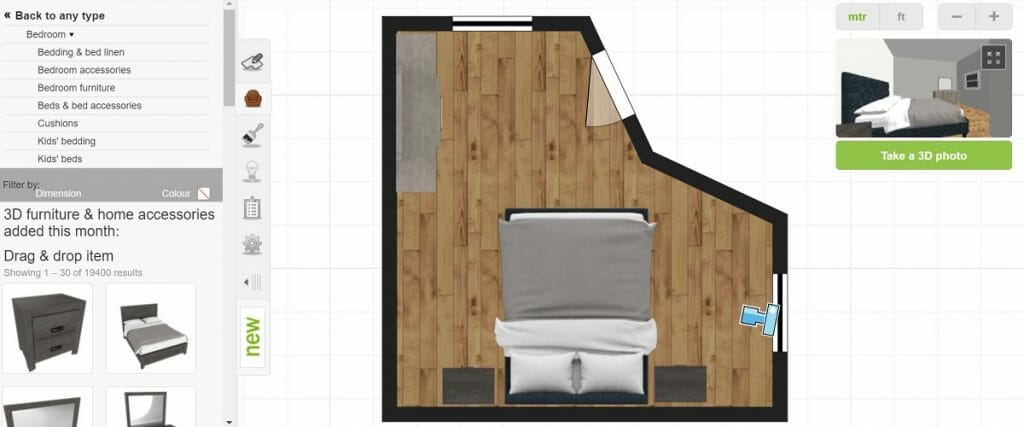Table Of Content

Shelving covers the entire straight wall; a staircase offers access to the top shelves and to the other areas on the upper level. In a similar way to another Tato Architects design from our list, House in Sonobe combines opaque and translucent surfaces. A great example of the modern houses Japan prides itself with, this dwelling features a blend of traditional and contemporary elements. The concrete structure boasts a facade of corrugated polycarbonate panels that also open to connect the living spaces to the garden and the surroundings.
This Family Home in Japan Breaks the Stereotype of a Modern Farmhouse
“Wabi-sabi originated in China, but evolved seven hundred years ago into a Japanese ideal,” she writes. The tokonoma does not serve a functional purpose but, rather, bows to the aesthetic. It is usually a carefully decorated alcove showcasing or representing the household’s religious leanings. Or it could be a corner of the room displaying a valued scroll, an ikebana arrangement, or a valued ornament. The bedrooms are tiny, with the exception of the master bedroom on the first floor.
OH! House

Said craftsman will loosen the straw mat from the base, flip it over and sew it back on. Exposure to the sun is the main reason why tatami changes its color, and to Japanese people, this sight is familiar to pretty much every Japanese person and an iconic symbol of how years go by. Inside, courtyards separate the three volumes that function as living spaces. The rooms inside this wooden bungalow are simple and almost modest, embracing a classic Japanese style. After that, she says it’s up to the person regarding how much of each individual style gets included in the final look.
The Key Principles of Japandi Style
If someone is living with their parents, for example, it’s not uncommon to see two different names on the plate. Tatami mats also have their own units of measurement, written with the same character put read as jo. In traditional houses, rooms are measured by how many tatami mats fit inside, such as 4.5 jo or 6 jo. Situated in the heart of Tokyo, this six-story tall building houses residential, commercial, and retail spaces.
Why Don’t Homes In Japan Have Basements?
Another design from Tato Architects, Sha House is a Japanese modern house like no other. That’s because the clients’ brief requested a few uncommon features – especially for a contemporary dwelling. These included the lack of private rooms, as the family wanted to feel close to one another at all times, and the complete absence of storage spaces to allow the clients to keep items on hand and on display. The studio designed the floors as two spiral forms that come together in the main living area and disconnect before reuniting on the roof. Furthermore, the exterior design takes the area’s future expansion into consideration. As the neighborhood will feature taller apartment blocks in the near future, the architects designed triangular terraces and a transparent roof that bring natural light inside the heart of the home.
Designed by Yoshichika Takagi, it’s one of the modern houses Japan can pride itself with, as it offers a creative twist on the tiny house concept. While the main living space is compact, cozy, and perfectly insulated, the building features a second volume with a translucent facade and no insulation. During the winter moths, the volume acts as a buffer zone and greenhouse, keeping the interior warmer. At the same time, the translucent panels soften the natural light and allow it to reach deep into the heart of the house. If we’re featuring the most creative modern houses Japan produced so far, we have to include this house on a steep slope on Mount Rokko.
This Minimalist Japanese Home Pivots Around an Indoor Garden
Simple white calls accentuate the earthy textures of the beams and reeds on the ceiling. The square entrance to the tearoom, called nijiri guchi, is made very small, just 60 centimeters (about 2 feet) high in this case. The reason was to make the guests enter the tearoom on their hands and knees to make them leave their swords and egos behind.
This is not a thin Japanese veneer applied to a western building—it’s the real thing. While the traditional architectural form is without doubt very beautiful, it doesn’t satisfy contemporary expectations of comfort. East Wind (Higashi Kaze), Inc. designs and builds traditional Japanese architecture, adapted to meet western architectural expectations.
“This unique compound [has] an impressive architectural pedigree,” listing agent Stephanie Younger of Compass tells Mansion Global. Off the circular driveway, a lush garden courtyard with tranquility at its core is sure to have you feeling centered before entering the home. Once inside, the interiors are decidedly modern but still embrace the Eastern “less is more” philosophy.
Steps double as seating and walls shield bedrooms from view while leaving them partly open. Upstairs, the open attic enhances the height of the interior but also features cleverly hidden storage areas. The upper level boasts glazing that wraps around two sides and offers stunning views of the lake. Like many Japanese modern house designs, House in Tsukimiyama features an interior garden. Tato Architects designed the dwelling with a simple corrugated metal exterior and an angled roof.
"We are trying to harmonize, always. We harmonize the color palette and the materials," Ashizawa says, citing the importance of complementary shades and textures. Seamlessly integrating with its environment, this modern Japanese house utilizes wood and expansive windows to create a warm and inviting atmosphere. The open-plan layout accommodates flexible living spaces, and a surrounding garden enhances the experience. Clean lines and a neutral color palette characterize this minimalist dwelling. Integrating natural materials and expansive windows creates a harmonious indoor and outdoor blend.
"Considering where the natural light source is in a project and how you can work around that so it can stay unobstructed—that’s the true jewel of any space." Whereas Japanese design places a strong emphasis on natural materials and simple lines, Scandinavian design brings in homey, handcrafted furnishings and textiles. Based in Kyoto, Japan, ZenVita was established to bring original Japanese aesthetics to residential, commercial and mixed used projects around the world. We represent wide variety of architectural design professionals who are based in Japan. Simply put, we want to help more people around the world enjoy unique Japanese designs and aesthetics.
This 2000-square-foot Mumbai home is a celebration of Japanese minimalism - Architectural Digest India
This 2000-square-foot Mumbai home is a celebration of Japanese minimalism.
Posted: Mon, 15 Apr 2024 07:00:00 GMT [source]
A Japanese home with arches and two courtyards in the process of blending cultures and influences. The Peranakan architectural pilotis element was incorporated with Japanese-style row houses in the mixed-influenced design. The landscape functions as an arcade by connecting the front spaces of building porches and sidewall arches in a row. Additionally, you’ll find a family altar of the native Shinto belief, called a kamidana, in many houses. It usually hangs in the corner of the room, facing either south or east. It hangs above eye level and in a spot where no one walks around, but if there’s a second floor, white paper symbolizing clouds is hung from the ceiling of the kamidana.
You take your shoes off at this point, leaving them on the tataki floor but close to the agarikamachi. This extra step doesn’t only prevent dirt from being carried into one’s house, it also acts as a clear separation between the outside world and the inside of a home. The San’in region in the southwest of Honshu is known for its characteristic red roofs. They’re made out of high-quality clay from Shimane Prefecture’s Iwami district. Once glazed, the clay rich in iron oxide turns into vivid reddish-brown color.
“You can choose if you like your place a bit more Scandinavian or Japanese,” she says. For example, you may choose to incorporate a darker color palette full of stones and dark wood to embrace a bit more of the Japanese style, or go lighter if you want more of a Scandinavian flare. Tatami mats are definitely better for the environment compared to western-style mattresses made from synthetic materials. Due to the significantly less cushioning, tatami mats will feel much harder to sleep on than western-style mattresses.A tatami mat has just enough cushioning that it won’t feel like sleeping on a hardwood floor.
Their work often features elements of modernism and mid-century modern aesthetics, blending seamlessly with traditional Japanese design principles. The average size of a modern Japanese house is typically smaller than its Western counterparts, with many urban homes measuring between 900 to 1,200 square feet. This reflects the higher population density in Japan’s cities and the need to make efficient use of available space. Rural Japanese houses, on the other hand, are often more spacious and feature more outdoor spaces, such as gardens and walkways, to connect with the surrounding environment.













